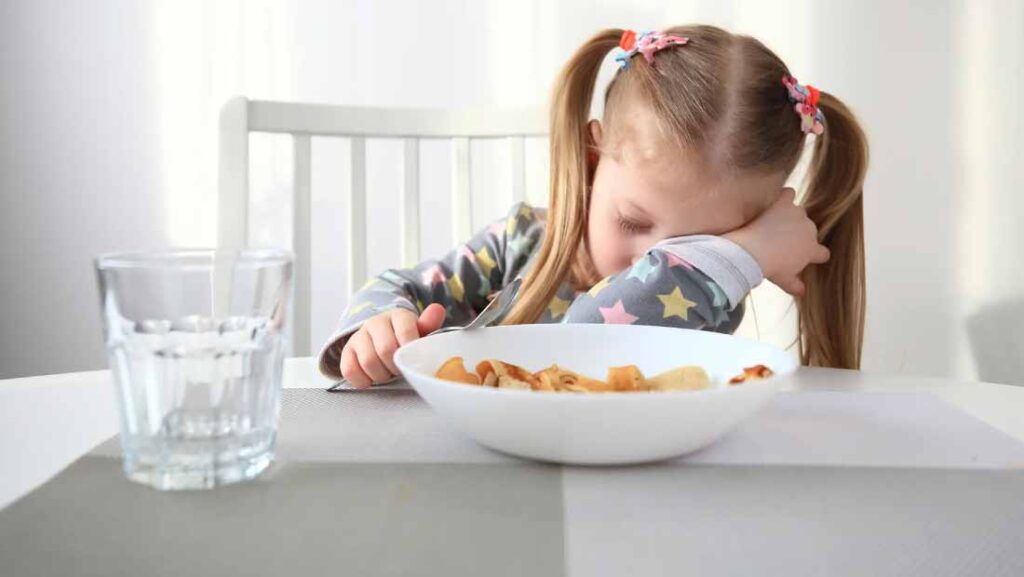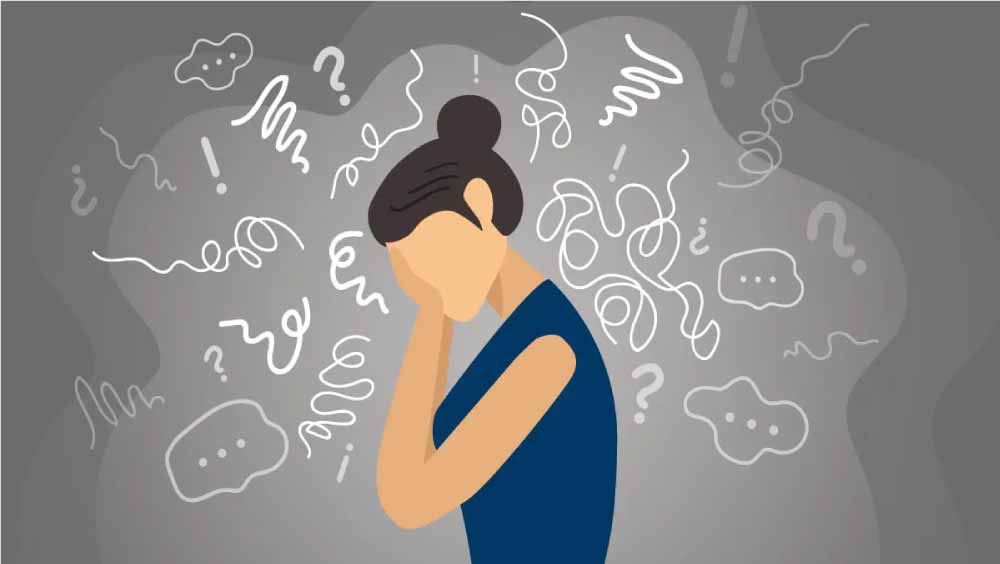Iron deficiency anemia is usually one of the most common cases in medical consultations of both children and adults, according to the WHO, there are millions of people who frequently suffer from iron deficiency. This condition can generate symptoms that, although they have a cure and are not so serious, also affect the day to day of patients, because fatigue, weakness or difficulty maintaining concentration put pause to any activity.
When we talk about what anemia is, specialists usually summarize it as the diagnosis of when we have a low number of red blood cells, which can cause lack of oxygen through the blood, thus generating fatigue, decay and other discomforts that are known as typical in anemic people. In the case of anemia due to lack of iron, this can be due to different causes that cause our body not to produce enough hemoglobin.
But what is iron for? This mineral is extremely important for the proper development of our body and body, for this reason, it is so relevant when in routine checkups they are in their lowest state, not only by hemoglobin, but also by connective tissues and hormones.
Causes of anemia
Different types of anemia can occur when a person suffers from some type of disease and by decrease in iron absorption, it can occur in cases of blood loss (hemorrhages), coagulation or lack of production of red blood cells that is associated with chronic diseases.
Our body needs vitamins, nutrients and minerals for the production of red blood cells, if there are failures in production it can be motivated to the non-absorption of nutrients by the stomach or intestines. Another cause of the lack of iron in the body is due to certain medications that can alter the immune system.
Patients with cancer, kidney disease or arthritis are more likely to suffer from anemia. While pregnant women, children, blood donors or people with strict diets such as veganism may be at risk for its deficiency.
Symptoms of anemia
The most common symptoms of anemia may be:
Fatigue: Your routine may be very extensive, but you should never assume that it is normal to be tired every day. Your best bet will always be to see your doctor if you have unusual fatigue.
Lack of energy: Like fatigue, lack of energy is one of the main symptoms of iron deficiency in your body.
Shortness of breath or rapid breathing: Iron in your body helps you produce hemoglobin, the main protein for transporting oxygen through red blood cells to your lungs. When there is a deficiency of this mineral, too, an overexertion suddenly appears to try to receive more oxygen in the body.
Dizziness: This symptom usually appears frequently in women with iron deficiency and is mainly due to the lack of oxygen in the brain.
Other symptoms that indicate that a patient may be suffering from anemia are, palpitations, sensitivity to cold, likewise, changes in skin color almost always tell us about an anemic picture PICA (attraction to the intake of ice and earth).
Finally, it is important to be attentive to the signals of our body, because they tell us if our disease is a severe anemia when the symptoms worsen would be in a complicated condition, fainting, even death can occur.
Treatment of iron deficiency anemia
To combat anemia, we must consult our doctor and he will indicate a blood test to know our real values of red blood cells, then it is the specialist in charge of indicating the appropriate treatment for the type of anemia that the patient presents.
If the case is anemia due to lack of iron, it will be indicated a treatment based on foods with iron that combat anemia due to iron deficiency, it is based on a normal regime, according to the nutritional recommendations of each person, but incorporating into their diet those foods an additional supplementation with iron.
Consume protein-rich foods such as meat, eggs, spinach, legumes and fish. What these nutrients do is stimulate the production of red blood cells, which can drop dramatically when there is anemia.
When we talk about food to reinforce iron we must clarify that there are two types, the heminic form found in meat foods such as red meat, fish, poultry, visors and products made with the blood of these animals. Its absorption varies from 25% to 35% depending on the patient.
While iron in its non-heminic form is found in foods of plant origin, such as legumes, cereals, green leafy vegetables, cow’s milk and eggs, very little is absorbed between 1% and 10%
Another no less important tip when it comes to combating anemia is the consumption of vitamin C, either with foods that contain it such as orange or pineapple. It can also be ingested in the form of supplements, this greatly helps the absorption of iron at the intestinal level.
Foods with iron
- Liver
- Oysters
- Prunes
- Oat
- Tomatoes
- Eggs
- Vegetables
- Yeast
- Broccoli
- Dark chocolate
- Spirulina
In summary, a balanced diet can not only improve an anemic picture, it can also prevent it, this is essential when we talk about children, patients with chronic diseases and pregnant women who require more iron in the blood to meet the needs of each case.


